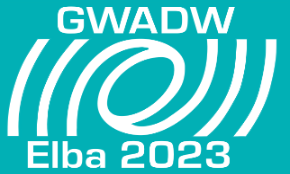Speaker
Description
We present a laser-interferometric detector for axions (LIDA) which is, on the one hand, a testbed for several effects relevant for gravitational-wave (GW) detectors, and, on the other hand, a proposed future application of the LIGO facilities in the 3G era. Our detector is based on the polarisation-sensitive readout of a high-finesse cavity at up to 200kW of circulating power. We will be able to observe short- and longterm effects of thermal and polarisation origin, and to test advanced coating materials under realistic conditions. Furthermore, the existing LIGO facilities are optimally suited to scale up our tabletop detector after CE and ET become operational. This would boost the sensitivity similar to GW detection, and either significantly improve on the constraints of the photon-axion coupling or even enable the measurement of an axion signal. We have already collected science data and reached 58kW of circulating power, which significantly exceeds the intensities on the LIGO mirrors.

